Doomsday Addiction: Celebrating 50 years of Failed Climate Predictions

The apocalypse is tomorrow, and if not, the day after will do. Declarations of the world’s demise are a dime a dozen, the fare of dignitaries, politicians, scientists, and celebs: The end is nigh—and getting nigher.
Coupled to the certainty of doomsday is the fall of farming. Hand in hand, Armageddon and agriculture are bedmates. On March 20, 2023, the United Nations warned of humanity’s ticking “time-bomb,” and released a “report of reports” enumerating a multi-trillion-dollar plan to implement climate policies across the globe. UN Secretary-General Antonio Guterres proclaimed the report a “survival guide for humanity” and called for the phase-out of fossil fuels: “Dear friends, humanity is on thin ice—and that ice is melting fast.”
Guterres’ remarks were particularly ironic, considering only a month earlier a Global Energy Monitor report revealed China’s expansion of coal capacity to unprecedented levels—six times larger than the rest of the world combined—via the construction of two new coal plants per week.
Despite Guterres’ pronouncement, there is nothing new under the sun—no matter how hot or cold it burns. A quick look at 50 years of cataclysmic predictions is in order.
Goodnight, Irene
In the 1960s, overpopulation and famine forecasts were all the rage. Despite the Green Revolution, which spurred crop yields across the globe, Paul Erlich, a Stanford biologist and end times prophet, preached a starvation gospel: “The Green Revolution...is going to turn brown.”
In 1968, with world population at 3.5 billion (7.9 billion as of 2023), Erlich penned The Population Bomb and lobbed an incendiary grenade in the opening lines of his prologue: The battle to feed all of humanity is over. In the 1970s hundreds of millions of people will starve to death in spite of any crash programs embarked upon now. At this late date nothing can prevent a substantial increase in the world death rate…
Lauded by the press, Erlich amplified insistence on a “dying planet” and ramped up his warnings.
August 10, 1969, Erlich in the New York Times: “We must realize that unless we are extremely lucky, everybody will disappear in a cloud of blue steam in 20 years.”
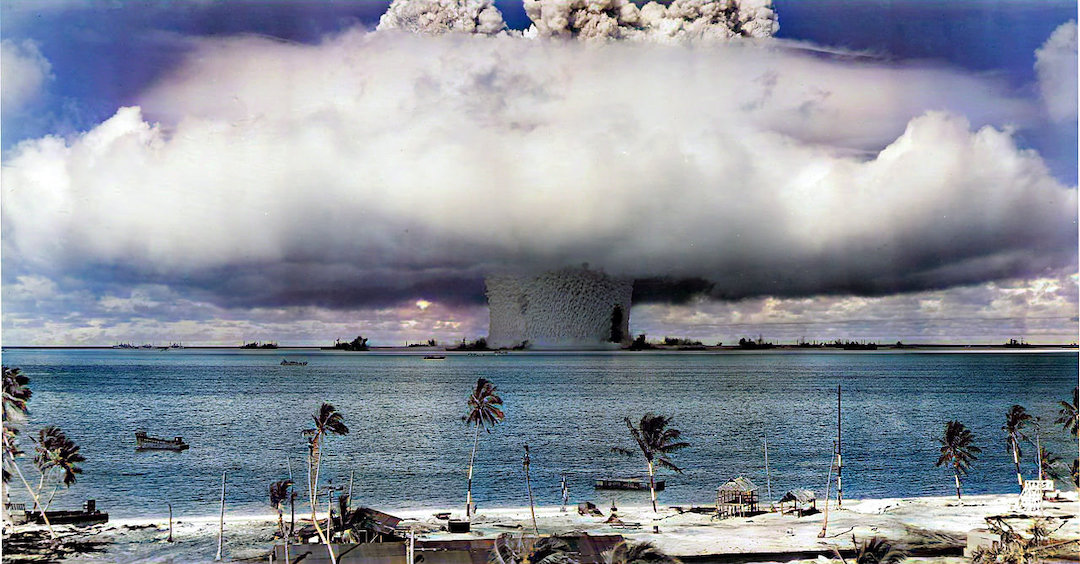
April 1970, Erlich in Mademoiselle: “Population will inevitably and completely outstrip whatever small increases in food supplies we make. The death rate will increase until at least 100-200 million people per year will be starving to death during the next ten years.”
Erlich was not alone. In the early 1970s, a host of voices supported his beliefs.
Harvard biologist and Nobel Prize winner George Wald, speaking at the University of Rhode Island in November 1970: “Civilization will end within 15 or 30 years unless immediate action is taken against problems facing mankind.”
Dennis Hayes, key organizer of Earth Day, in The Living Wilderness, Spring 1970: “It is already too late to avoid mass starvation.”
Kenneth Watt, UC Davis ecologist: “At the present rate of nitrogen buildup, it’s only a matter of time before light will be filtered out of the atmosphere and none of our land will be usable.”
Next up, the Ice Age cometh.
Big Cold
In 1970, as greenhouse theorists pushed a rise in average temperature, plenty of prognosticators asserted a big freeze. Kenneth Watt sounded the ice alarm, speaking in Pennsylvania at Swarthmore College: “The world has been chilling sharply for about twenty years. If present trends continue, the world will be about four degrees colder for the global mean temperature in 1990, but 11 degrees colder in the year 2000. This is about twice what it would take to put us into an ice age.”

Also in 1970, the Boston Globe ran with a chilling headline, “Scientist Predicts A New Ice Age By 21st Century.” In the associated article, researcher James Lodge warned, “Air pollution may obliterate the sun and cause a new ice age in the first third of the next century if population continues to grow and earth’s resources are consumed at the present rate…”
The Guardian, Jan. 29, 1974, echoed the Globe: “Spy Satellites Show New Ice Age is Coming Fast.”
Time joined the cooling trend June 22, 1974: “Telltale signs are everywhere, from the unexpected persistence and thickness of pack ice in the waters around Iceland to the southward migration of a warmth-loving creature like the armadillo from the Midwest. Since the 1940s the mean global temperature has dropped about 2.7 F.”
Newsweek weighed in on April 28, 1975, warning that global cooling would significantly impact agriculture. “There are ominous signs that the Earth’s weather patterns have begun to change dramatically and that these changes may portend a drastic decline in food production…”
“The central fact is that after three quarters of a century of extraordinarily mild conditions, the Earth’s climate seems to be cooling down,” the Newsweek article continued. “Meteorologists disagree about the cause and extent of the cooling trend, as well as over its specific impact on local weather conditions. But they are almost unanimous in the view that the trend will reduce agricultural productivity for the rest of the century. If the climatic change is as profound as some of the pessimists fear, the resulting famines could be catastrophic.”
Following Newsweek, the New York Times piped in on July 18, 1976, with additional gloom on agriculture’s demise attributed to global cooling. “… the news for the future is not all good. The climate is going to get unreliable. It is going to get cold. Harvest failures and regional famines will be more frequent. Weather will probably make history—again.”
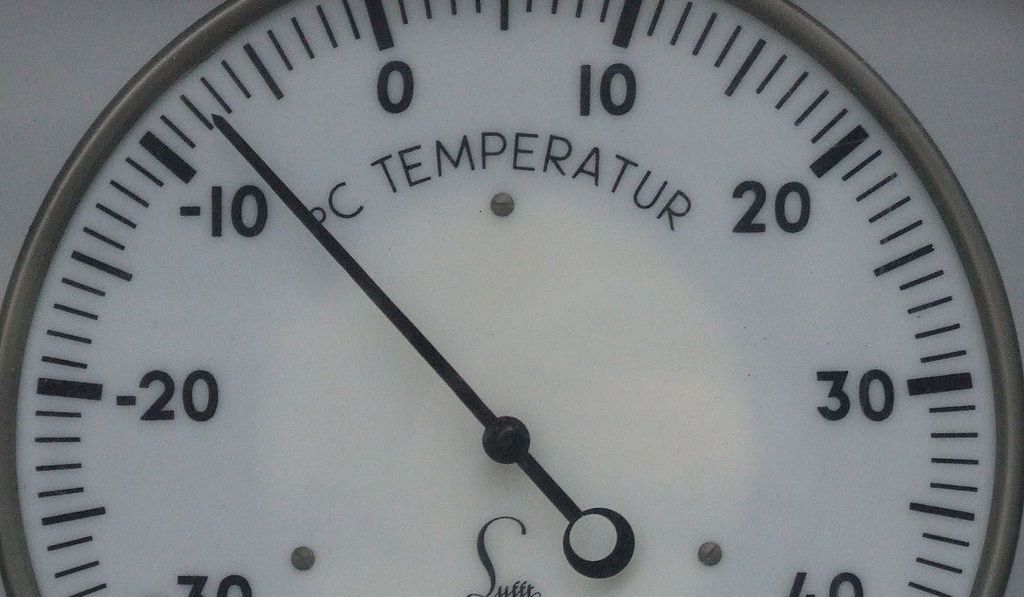
“The relationship of global climate to food supplies is a case in point: climatic researchers are becoming alarmed that in the next 10 to 100 years humanity will be unable to feed itself—not through technological insufficiency or political mischief—but because of climatic changes that it can barely understand or control.”
Even in 1978, global cooling was a “No End” fact, according to another New York Times article: “An international team of specialists has concluded from eight indexes of climate that there is no end in sight to the cooling trend of the last 30 years, at least in the Northern Hemisphere.”
However, just a year after the global cooling article, the New York Times predicted catastrophe via global warming in a February 1979 story: “Climatologists Are Warned North Pole Might Melt,” featuring a jarring opening paragraph: “There is a real possibility that some people now in their infancy will live to a time when the ice at the North Pole will have melted, a change that would cause swift and perhaps catastrophic changes in climate.”
It was the end of the 1970s and big cold failed to arrive. Bring on big heat.
Baking and Burning
Acid rain concerns kicked off the 1980s, but generally were replaced late in the decade with a flood of headlines on heat, greenhouse effect, and sea levels.
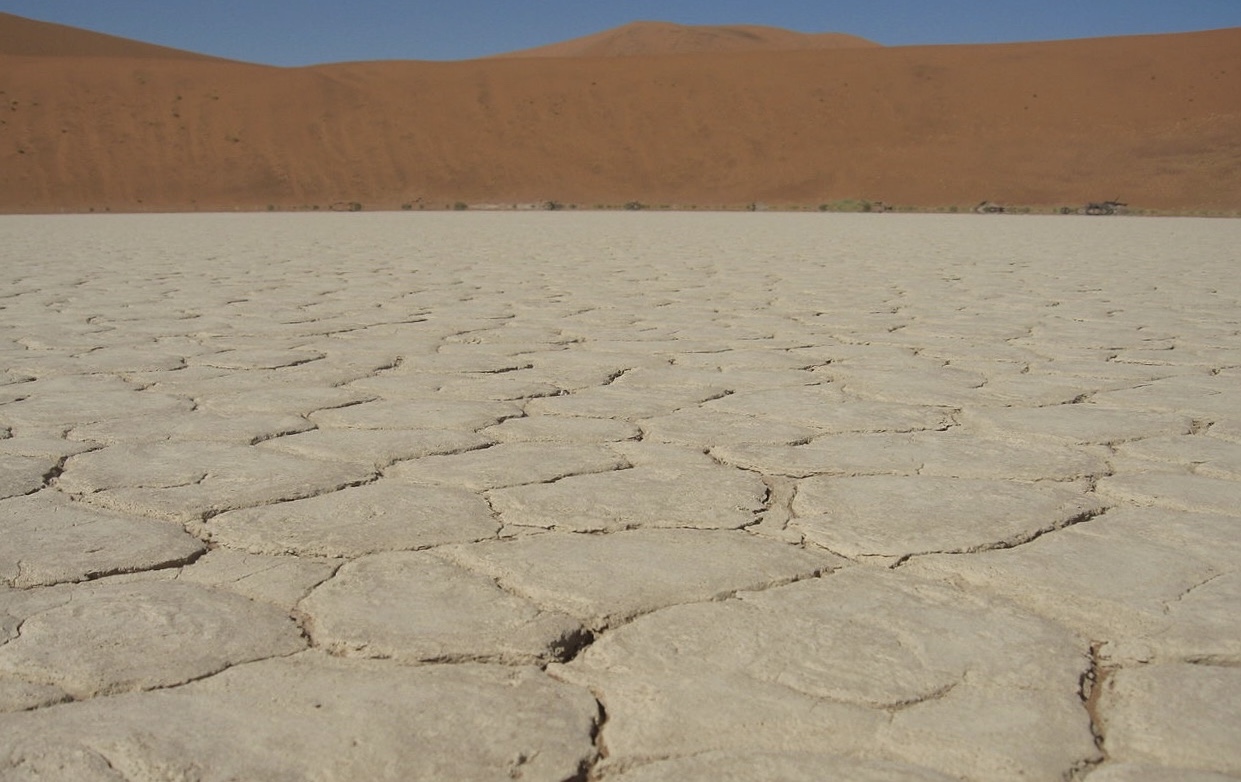
In 1982, Mostafa Tolba, executive director of the UN’s Environment Program, pointed to the possibility of widespread devastation in less than 20 years. He cited “an environmental catastrophe which will witness devastation as complete, as irreversible as any nuclear holocaust.”
On June 30, 1989, the Associated Press squeezed decimation into a tight, 11-year window, with an ominous article, “Rising Seas Could Obliterate Nations,” containing a jaw-dropping opener: “A senior UN environmental official (Noel Brown) says entire nations could be wiped off the face of the Earth by rising sea levels if the global warming trend is not reversed by the year 2000.”
In 1990, aware the apocalypse was stalled, Mostafa Tolba, doubled down: “We shall win or lose the climate struggle in the first years of the 1990s. The issue is as urgent as that.”
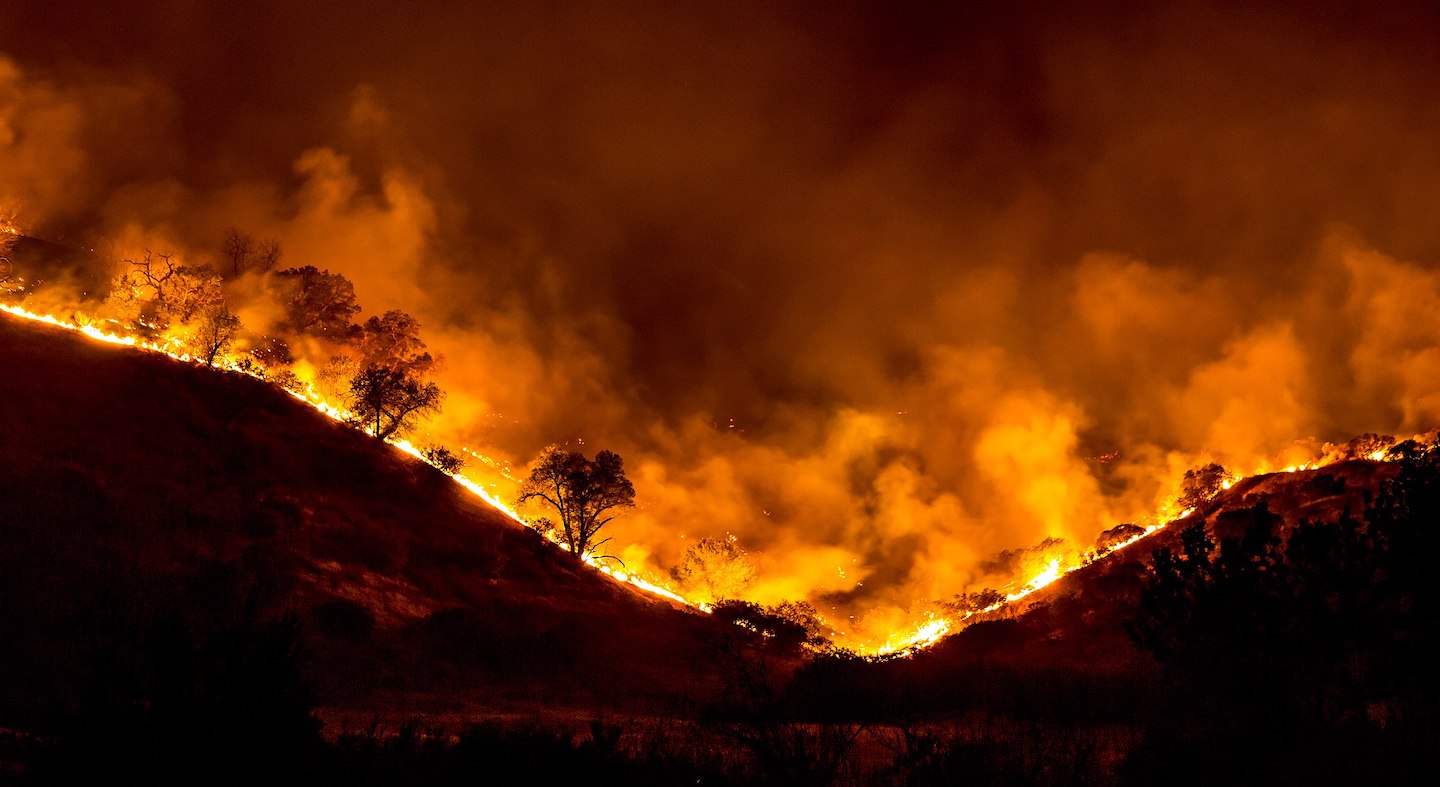
In February 1993, Thomas Lovejoy, assistant secretary for Environmental and External Affairs at the Smithsonian Institution, stressed the world had one remaining decade of opportunity to avoid calamity. “I am utterly convinced that most of the great environmental struggles will be either won or lost in the 1990s and by the next century it will be too late.”
The 1990s was a steady chain of doomsday assurances, but the heaviest hyperbole was yet to be unleashed.
Cannibals, Toast, and Chaos
In 2006, former vice-president Al Gore projected that unless drastic measures were implemented, the planet would hit an irreversible “point of no return” by 2016. Game over.
Rajendra Pachauri, head of the UN Climate Panel, one-upped Gore in 2007, insisting 2012 was the year of irreversibility. “If there is no action before 2012, that’s too late. What we do in the next two to three years will determine our future. This is the defining moment.”
In April 2008, media mogul Ted Turner provided far more detail than either Gore or Pachauri, emphasizing the consequences of climate inaction. “Not doing it will be catastrophic. We’ll be eight degrees hotter in ten, not 10 but 30 or 40 years and basically none of the crops will grow. Most of the people will have died and the rest of us will be cannibals. Civilization will have broken down. The few people left will be living in a failed state like Somalia or Sudan, and living conditions will be intolerable. The droughts will be so bad there’ll be no more corn growing.”
The acclaimed godfather of global warming, James Hansen, drew a line in the sand testifying before Congress in June 2008, on the dangers of greenhouse gases: “We’re toast if we don’t get on a very different path. This is the last chance."
A year later, in July 2009, then-Prince Charles chimed in, asserting the planet had 96 months to avoid decimation: “…irretrievable climate and ecosystem collapse, and all that goes with it."
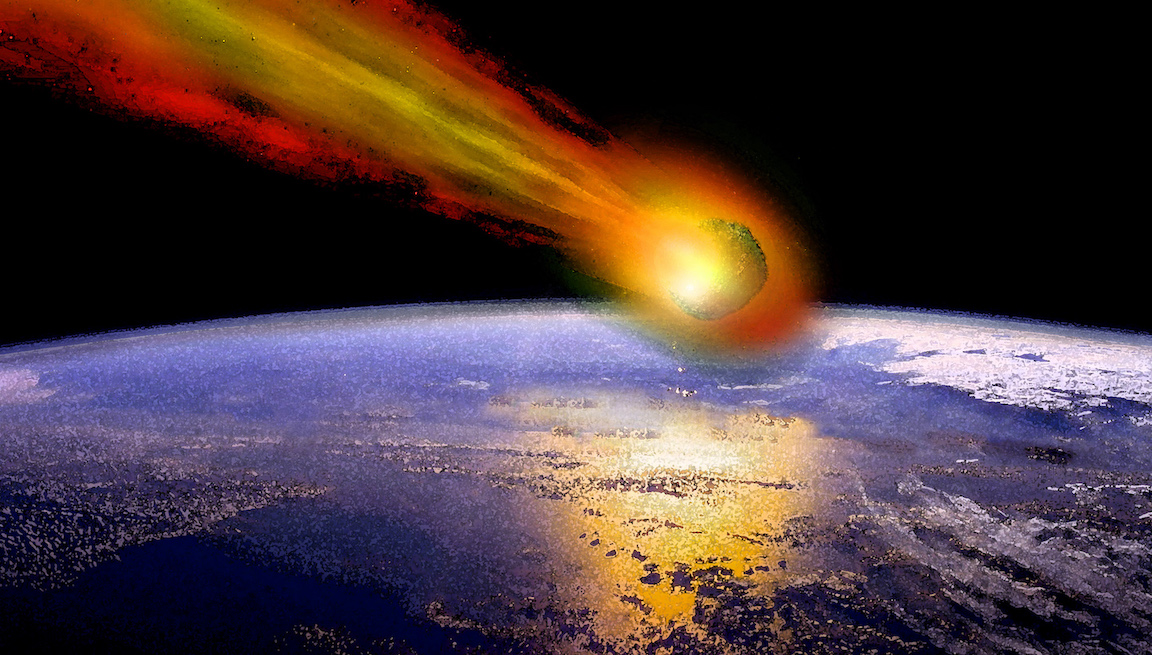
Only three months later, UK prime minister Gordon Brown urged nations to pull a historical handbrake ahead of a climate conference: "There are now fewer than 50 days to set the course of the next 50 years and more. If we do not reach a deal at this time, let us be in no doubt: once the damage from unchecked emissions growth is done, no retrospective global agreement, in some future period, can undo that choice. By then, it will be irretrievably too late.”
In 2014, French foreign minister Laurent Fabius upped Brown’s 50 days to 500. “We have 500 days to avoid climate chaos.”
Twelve years to 2031. In January 2019, Rep. Alexandria Ocasio-Cortez put her chips on 2031 as the potential end of days. "Millennials and people, you know, Gen Z and all these folks that will come after us are looking up and we're like: 'The world is gonna end in 12 years if we don't address climate change and your biggest issue is how are we gonna pay for it? And, like, this is the war—this is our World War ll.”
Eleven years to 2030. Echoing Ocasio-Cortez in March 2019, but shaving off a year, UN General Assembly President Maria Garces declared an 11-year window to escape catastrophe: “We are the last generation that can prevent irreparable damage to our planet.”
In June 2019, then-presidential candidate Joe Biden threw his support behind Ocasio-Cortez’s dozen-year projection: “Science tells us that how we act or fail to act in the next 12 years will determine the very livability of our planet.”
Full circle back to 2023, and the UN’s latest “time-bomb,” released March 20, as described by the Associated Press: "Humanity still has a chance close to the last to prevent the worst of climate change's future harms…”
In step with near annual UN declarations from the past 50 years, Secretary-General Guterres once again sounded the alarm: “The climate time-bomb is ticking.”
But therein lies the beauty of doomsday predictions: When one fails, make another.
For more from Chris Bennett (cbennett@farmjournal.com 662-592-1106) see:
Priceless Pistol Found After Decades Lost in Farmhouse Attic
Judas Goats: Agriculture’s Bizarre, Drug-Addicted Masters of Deceit Once Ruled the Killing Floor
Cottonmouth Farmer: The Insane Tale of a Buck-Wild Scheme to Corner the Snake Venom Market
Tractorcade: How an Epic Convoy and Legendary Farmer Army Shook Washington, D.C.
Bagging the Tomato King: The Insane Hunt for Agriculture’s Wildest Con Man
Young Farmer uses YouTube and Video Games to Buy $1.8M Land
While America Slept, China Stole the Farm
Bizarre Mystery of Mummified Coon Dog Solved After 40 Years
The Arrowhead whisperer: Stunning Indian Artifact Collection Found on Farmland
Fleecing the Farm: How a Fake Crop Fueled a Bizarre $25 Million Ag Scam
Skeleton In the Walls: Mysterious Arkansas Farmhouse Hides Civil War History
US Farming Loses the King of Combines
Ghost in the House: A Forgotten American Farming Tragedy
Rat Hunting with the Dogs of War, Farming's Greatest Show on Legs
Evil Grain: The Wild Tale of History’s Biggest Crop Insurance Scam







